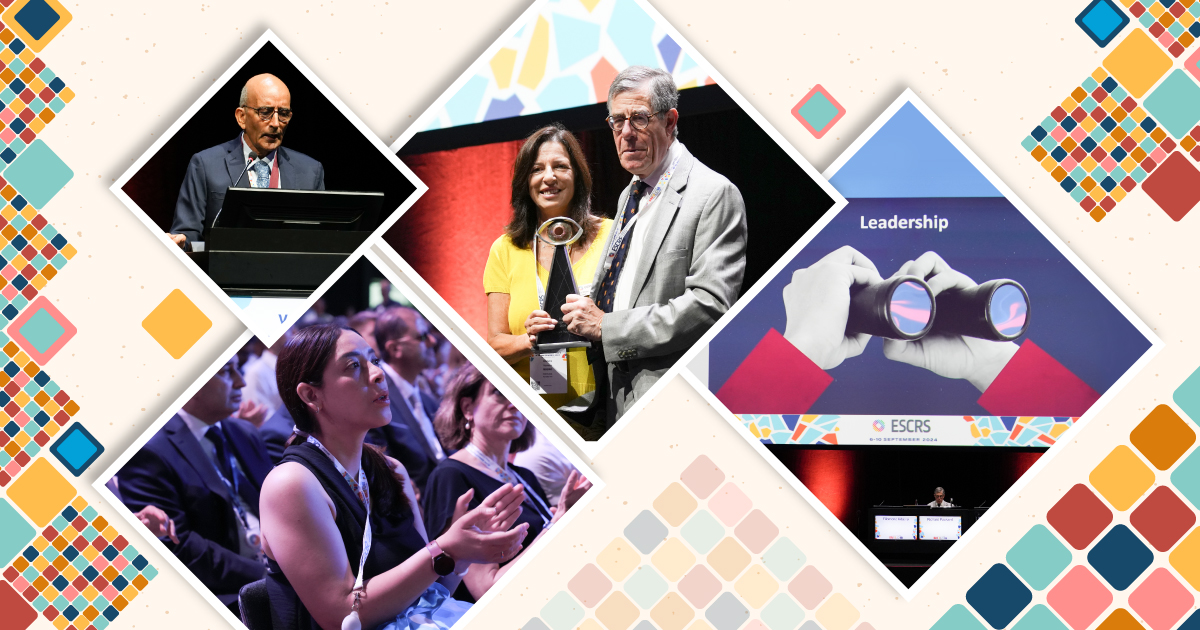Day 2 of the 42nd Congress of the European Society of Cataract and Refractive Surgeons (ESCRS 2024) in Barcelona kicked off with an opening speech by the society’s President, Prof. Filomena Ribeiro, and the Ridley Medal Lecture by this year’s awardee, Dr. Abhay Raghukant Vasavada, founder and director of Raghudeep Eye Hospital in Ahmedabad, India.
Prof. Ribeiro started by announcing the location of next year’s conferences including a winter meeting in Athens, Greece and the main event – ESCRS 2025 – in Copenhagen, Denmark.
So far, this year’s conference has seen record attendance numbers, she went on to say, with around 16,000 on the first day, including almost 11,000 doctors from all over the world.
“After COVID times we are growing and there are great expectations, also for all our members,” she added.
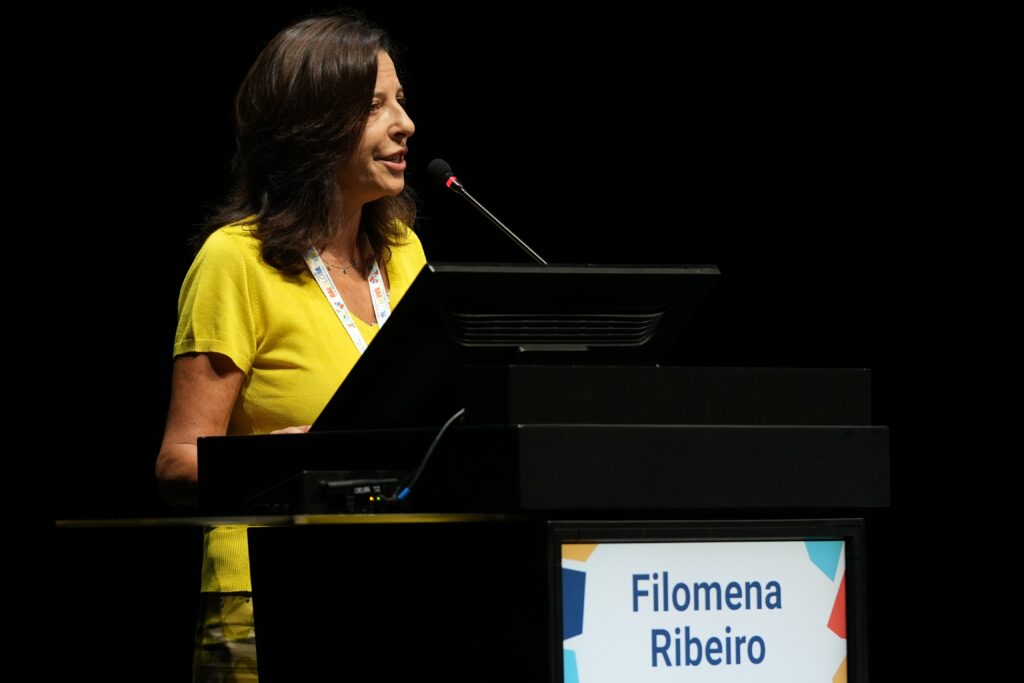
ESCRS 2024 highlights
Prof. Ribeiro then discussed what not to miss at this year’s conference. “Of course, the core of our program is always the main symposia,” she said, which take place each day and share the latest in the field of ophthalmology.
The conference began with Focused Friday she said, which included various sessions on the latest technologies (iNovation Day), cornea, glaucoma, a global refractive summit and an industry exhibition.
The event also includes three days with “near live surgery,” she added, and on Monday there will be symposia in collaboration with various other international societies, among them Orbis, APACRS and the Ophthalmology Foundation.
“We have challenges for the future that we can manage in a broader community,” she explained.
Prof. Ribeiro discussed educational highlights at this year’s conference, including didactic, instructional and skills transfer courses.
“Right now we are in a stage of transition with these courses to being more dry labs,” she said. “We are going to plan this transition for the next three years.”
Other activities would be focused on leadership, business and innovation, based on responses to a survey aimed at addressing society member needs, she told the audience. And 60 students had been selected to take part in a master class on minimally invasive glaucoma surgery, she noted.
She then spoke about new initiatives at this year’s ESCRS, including the 75th IOL Celebration Experience in the exhibition area of the conference, which looks at the first intraocular lens replacement by Sir Harold Ridley.
Dr. Richard Packard, one of the curators of that initiative, told congress attendees: “It’s been great fun trying to put all this together. When you do go to have a look at the museum, you’ll see that we’ve created a 1940s consulting room, and also something that’s a bit like a 1940s operating theater.”
He spoke of how Sir Harold Ridley went from “shunned maverick to universal recognition” running the audience through a slideshow timeline from 1949, when the first IOL was conducted, to 1986, when Dr. Ridley was elected to The Royal Society, the most prestigious scientific society in the United Kingdom, and finally the year 2000 when he was knighted by Queen Elizabeth II.
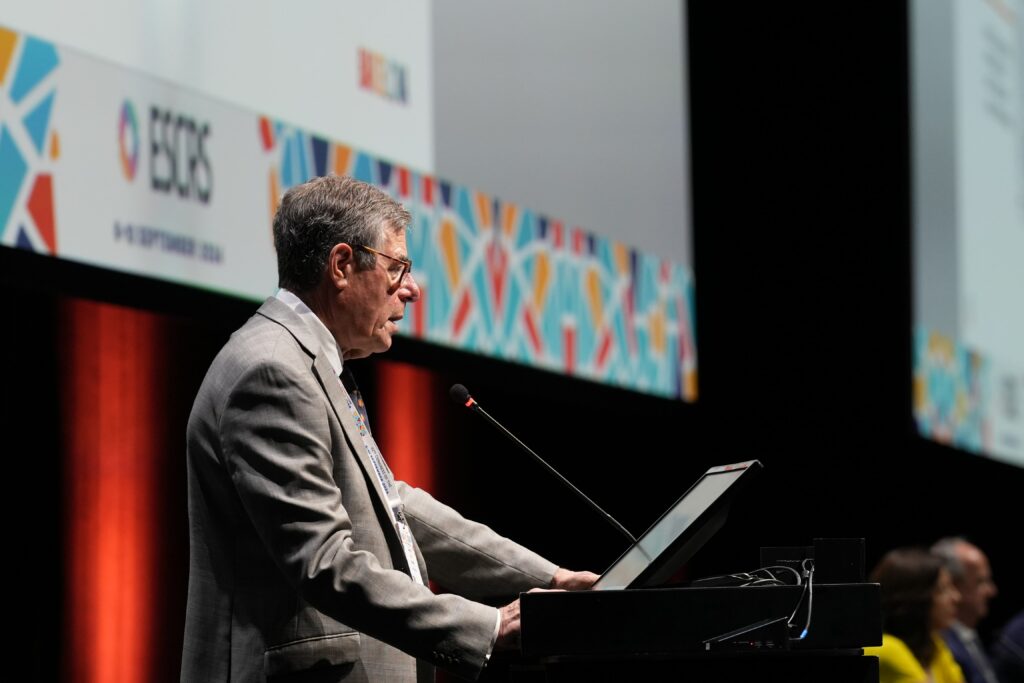
Prof. Ribeiro then returned to the podium to tell the audience about some other interesting features of this year’s conference, including the arena (ESCRS Tablao), which will host debates, and six Escape Rooms.
She went on to introduce the ESCRS’s Building Our Sustainable Society (BOSS) project. The BOSS working group, chaired by Dr. Mor Dickman, will focus on inclusivity, she said, with a review of ESCRS committees that will lead to the largest change in their composition in the society’s history, plus a workshop on hidden biases to be held at the winter meeting.
She introduced other ESCRS initiatives, including training labs, which provide hands-on interactive learning and the Heritage Project, which aims to gather and preserve historical memories of the society.
She then welcomed winners of the Peter Barry Fellowship 2024, Dr. med. Sarah Barbara Zwingelberg, and the John Henahan Essay Prize 2024, Harry Rosen to the stage to collect their prizes, as well as poster prize winners in various categories.
Late decentration of IOLs, unraveling the enigma
Finally Dr. Vasavada took the podium to deliver his lecture, titled Late Decentration of IOLs — An Enigma. This phenomenon occurs when an implanted IOL shifts from its original position after surgery, affecting vision quality. Dr. Vasavada, known for his expertise in cataract surgery, delved into potential causes, preventive strategies and treatment options for this condition.
Decentration of the IOL can manifest through decentration of the entire bag containing the IOL, which is primarily a zonular disease, he told the audience.
Risk factors for this zonular disease include pseudoexfoliation, capsule fibrosis, retinitis pigmentosa, vitreo-retinal surgery, homocystinuria and high myopia, and are well studied, he said.
The other way decentration occurs is through spontaneous rupture of the posterior capsule, which is primarily a capsular disease, he added. “Globally speaking, surgeons have been reporting this condition of spontaneous rupture for a few years,” he said.
Dr. Vasavada then presented research his team has conducted on late decentration of IOL based on 90 eyes with the condition collected over the past three years. “It is obvious that dead bag syndrome has a spectrum of manifestations of spontaneous posterior capsule rupture,” he said.
A striking feature of his team’s data was how weighted the condition was in terms of gender with 93% of eyes with the condition being male. In addition, 76% of affected eyes were in patients aged 61 to 80.
To deal with dead bag syndrome, surgery remains the only option, said Dr. Vasavada, including refixation “with very clever techniques” or exchanging the IOL. The intrascleral fixation method of IOL exchange, introduced by Dr. Gabor Sharioth, is gaining popularity, he said.
However, whatever method the surgeon uses, the role of vitrectomy is indispensable, and working with a retinal colleague is a must, he emphasized.
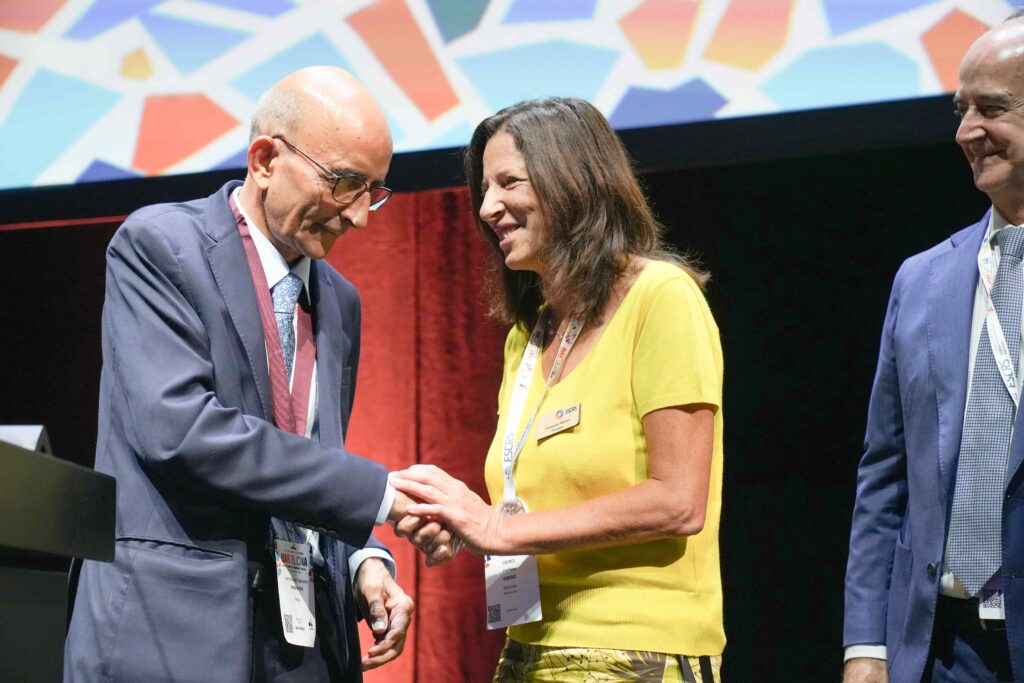
Dr. Vasavada said he believed genetic variants found in the study could predispose LE cells to undergo programmed cell death and the posterior capsule to lose its integrity. We speculate that vitreous degeneration may lead to oxidative stress on LE cells, causing a loss of LE cells, and eventual loss of posterior capsule integrity, he said, with paucity of the LE cells likely to be a major contributor.
“I hope we will be able to predict this event one day,” he said. “It is very important that we, the clinicians and scientists together, continue our endeavor on this path so that late IOL decentration seen in posterior capsule rupture and dead bag syndrome, no longer remains an enigma,” he added.
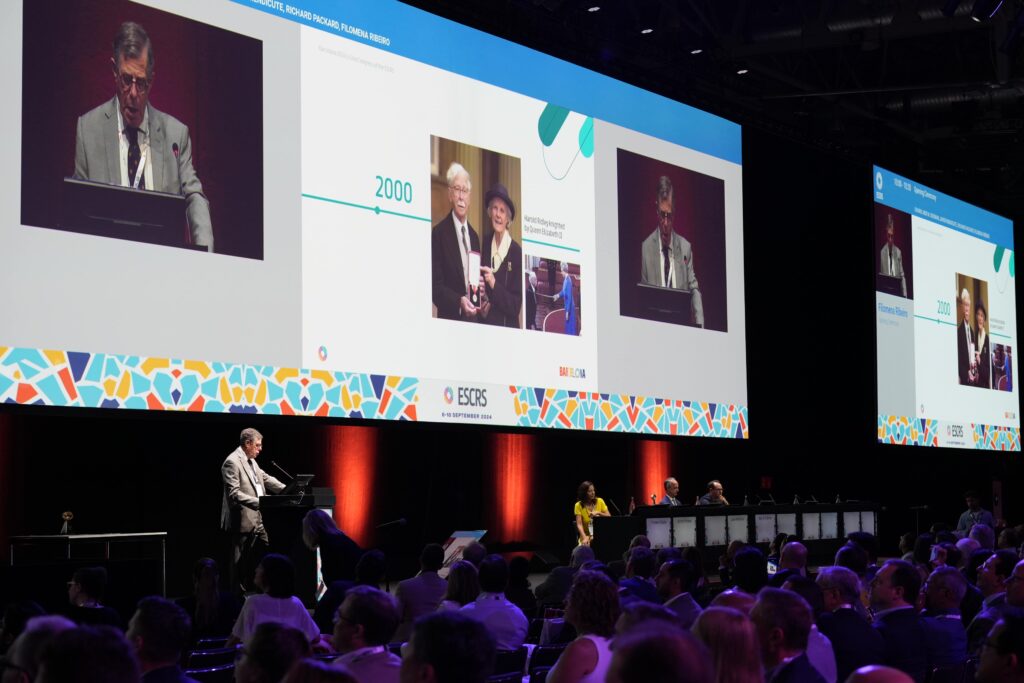
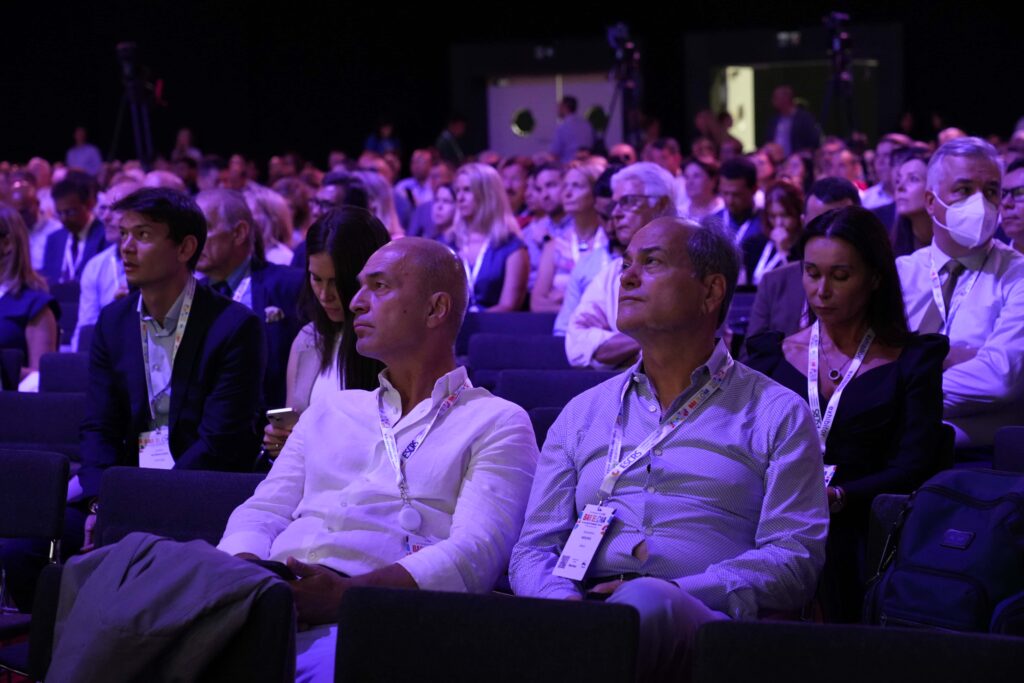
Editor’s Note: Reporting for this story took place at the 42nd Congress of the European Society of Cataract and Refractive Surgery (ESCRS 2024), held from 6-10 September in Barcelona, Spain.
